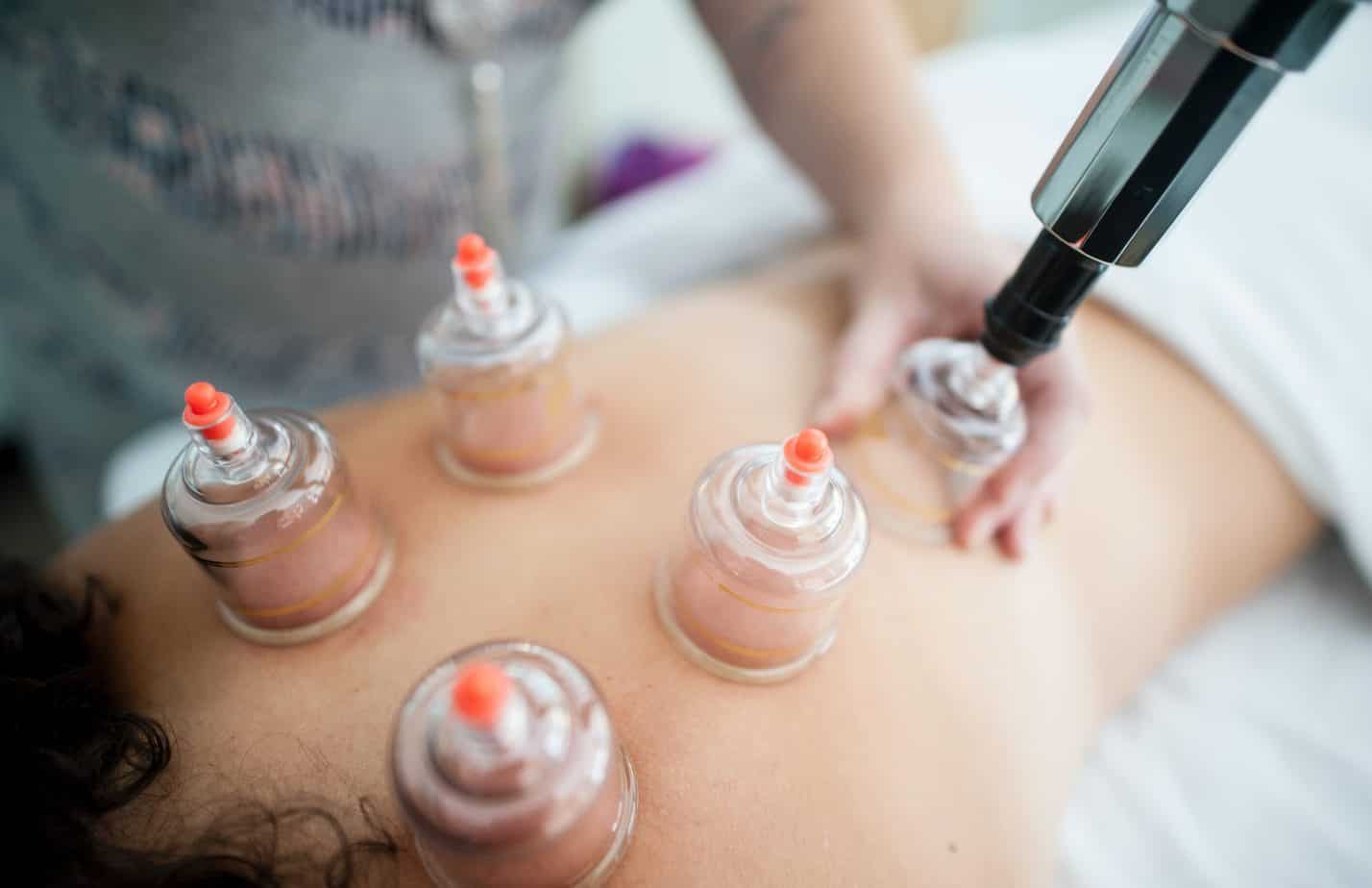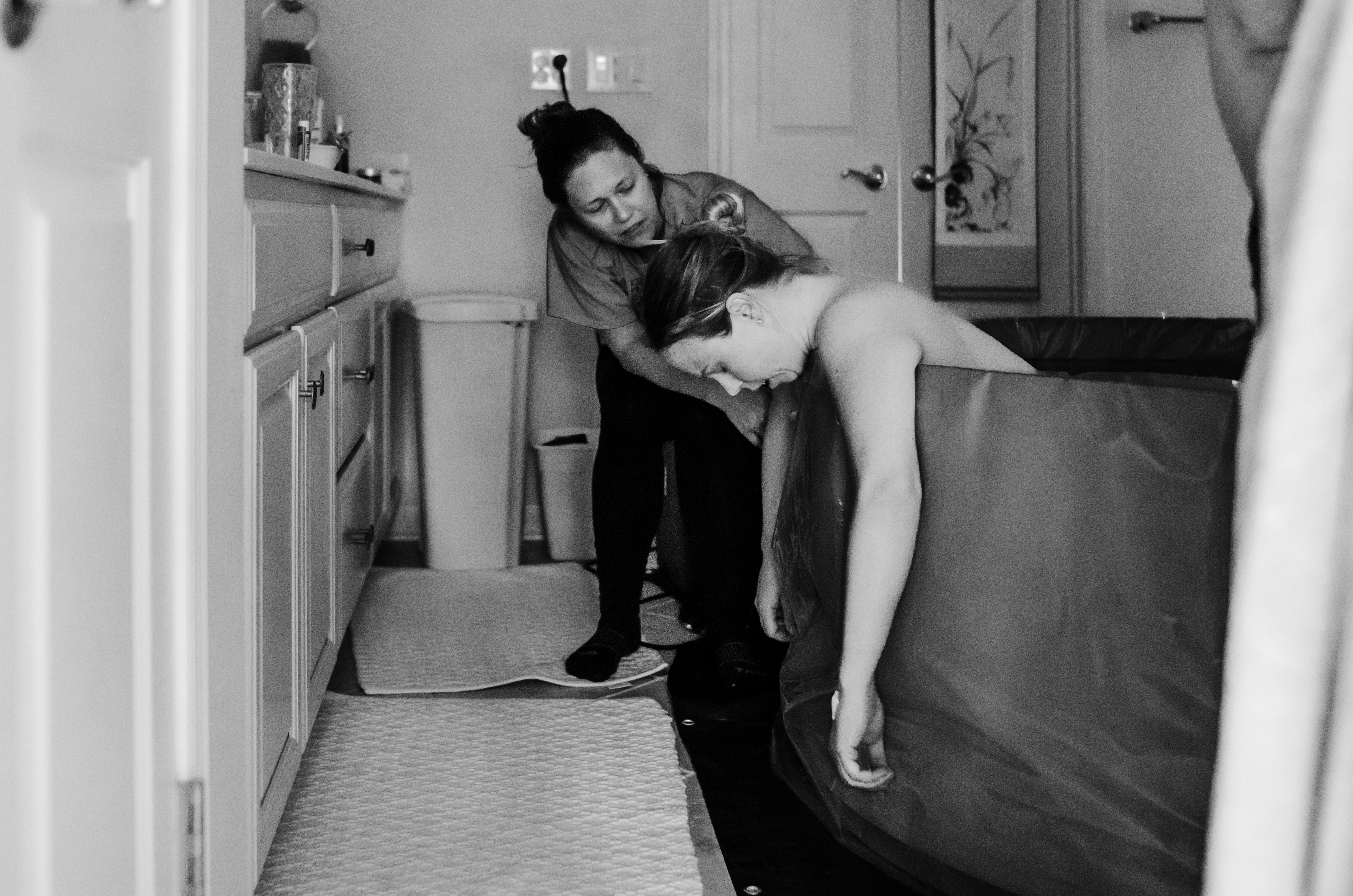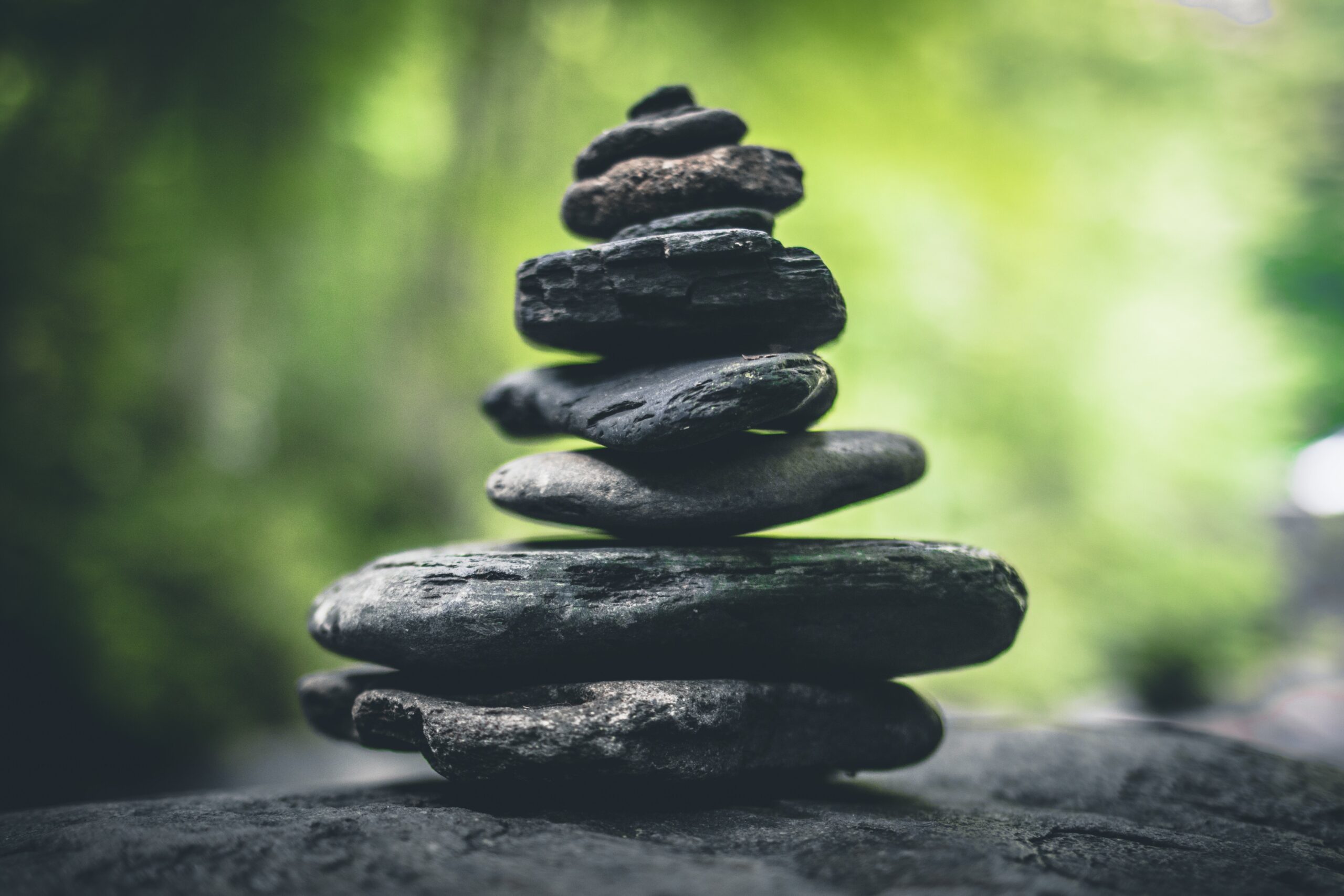Cupping: What exactly is it?

If you have watched any sports event, the Olympics being one, you may have noticed some of the athletes with red circles in their skin resembling bruises. Those often come from a form of therapy called cupping. The use of cupping has existed in Eastern Medicine for centuries. It is used under the premise that it draws fluid to an area, creating healing properties and reducing an individual’s symptoms of tightness, discomfort and pain.
Many practitioners go back and forth on whether cupping is an effective tool for reducing an individual’s symptoms, such as pain.
Cupping and Pain
If we focus on cupping as a tool to assist in manual therapy, or as an extension of a practitioner’s arm, then it is easier to explain why cupping has become so popular and why some people report relief after using it. Studies have shown that manual therapy increases the release of cannabinoids, endorphins and serotonin that help to regulate the chemical response that lead to the sensation of pain (Cook et al., 2021). Cupping aims to increase the pain threshold by altering pain responses between the neurons and brain.
Another major reason why someone may seek manual therapy, possibly by form of cupping, could be muscle knots. Muscle knots are understood to be a bundle of muscle fibers that are in constant spasm, causing an individual pain and discomfort. Part of the reason for that pain is the lack of blood flow (ischemia) that is occurring in that area (Queme et al., 2017). The cupping technique improves blood flow with aims to alleviate some of those ischemic driven symptoms.
How does Cupping affect the body?
Cupping helps to
- improve blood flow
- reduce inflammation
- boost cellular immunity
It also aims stimulate the immune response by purposefully imposing a local artificial inflammatory response. The body responses by increasing blood flow to that area and removing toxins including uric acid (a waste product of cell metabolism) and cholesterol.
The theories on cupping also includes stimulating the lymphatic system and improving lymph flow.
How are they used?
The cups are most often placed on the:
- back
- abdomen
- legs
- buttocks
- shoulders
They are placed on the body for 5-10 mins depending on the type of cupping. Cupping treatments may leave a red mark on the skin for several days after they are removed. Some cupping treatments involve the cups being moved along the skin during treatment. This creates movement of the skin and underlying tissues (fascia, nerves, muscles etc) and promotes blood flow and cellular repair.
We can Help!
If you find yourself in pain, and are curious about trying cupping, give us a call. Body Harmony Physical Therapy offers one on one physical therapy, both for pelvic floor and orthopedic concerns. Our treatments are for up to one hour in a private treatment room. We offer a quick call back option for potential patients who have questions or concerns related to physical therapy.
References
- “The Demonization of Manual Therapy,” Chad E. Cook, 2021
- Queme LF, Ross JL, Jankowski MP. Peripheral Mechanisms of Ischemic Myalgia. Front Cell Neurosci. 2017 Dec 22;11:419. doi: 10.3389/fncel.2017.00419. PMID: 29311839; PMCID: PMC5743676.
- Cupping Therapy: An Overview from a Modern Medicine Perspective https://www.sciencedirect.com/science/article/pii/S2005290117302042
- The medical perspective of cupping therapy: Effects and mechanisms of action https://www.sciencedirect.com/science/article/pii/S2225411018300191







